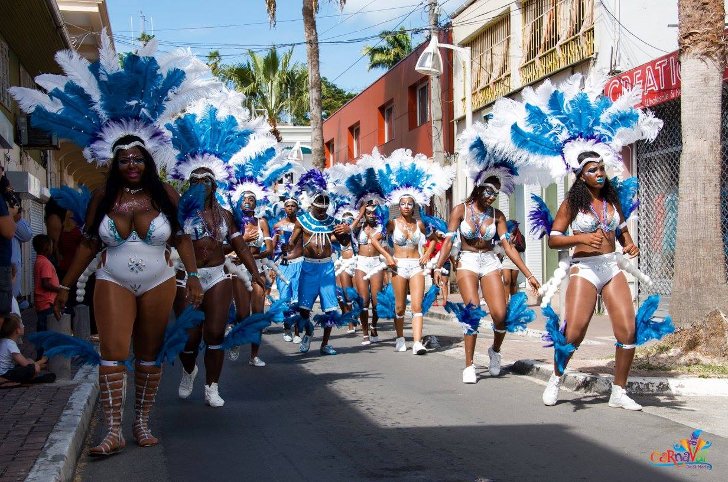Originally, Carnival is a Western Christian festive season occurring during Shrovetide, the period before Lent. It is usually celebrated in countries with a large Catholic or Protestant presence. The celebration typically involves a parade, masks and costumes, and a street party. The Carnival tradition was brought to Caribbean colonies where it amalgamated with the West African customs of black slaves. That’s how the famous Caribbean Carnival was born.
In many Caribbean countries, Carnival season was moved from the pre-Lenten period to July, August or September to commemorate the abolition of slavery in the Caribbean. In the Collectivity of Saint Martin, however, it is still celebrated before Lent, culminating in February or early March. The main events of the Saint Martin Carnival begin on the Saturday before Ash Wednesday, but parties, contests and other entertainment kick off in January, so Carnival season in Saint Martin typically lasts for about a month.
What does the Saint Martin Carnival has to offer? Here you can listen to soca, calypso and reggae, watch colorful parades and participate in street parties, sing and dance with revelers in vibrant costumes and makeup. The program of the Carnival usually includes costume contests, live music, pageants, children’s events, the election of the Carnival Queen, etc. Some events involve guests from the Dutch half of the island, Sint Maarten. For them, participation in the Carnival is a kind of rehearsal because the Carnival of Sint Maarten is held in late April and early May.
Of course, the Saint Martin Carnival features traditional events typical for most Caribbean Carnivals. They include J’ouvert (a large streets party land at dawn), the Grand Parade, and calypso competitions. Most events are held in Marigot, the largest settlement and the main town in Saint Martin.

Photo: facebook.com/stmartincarnival




